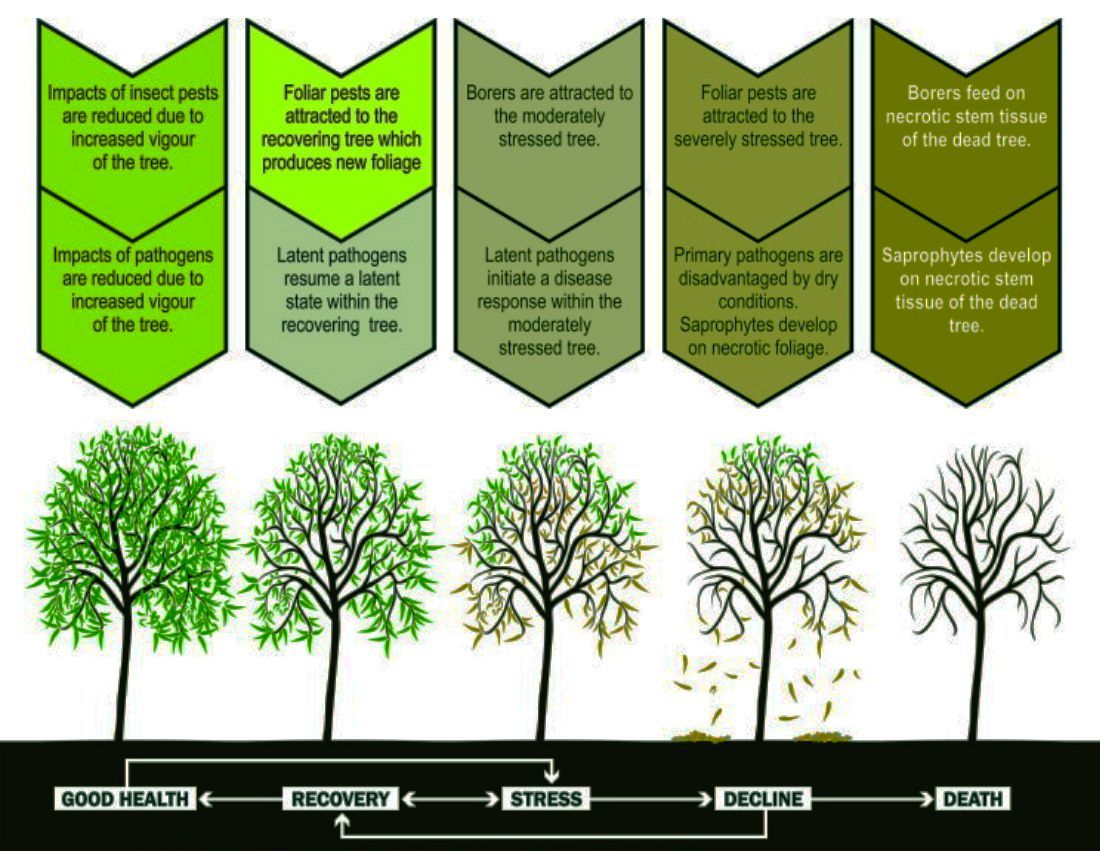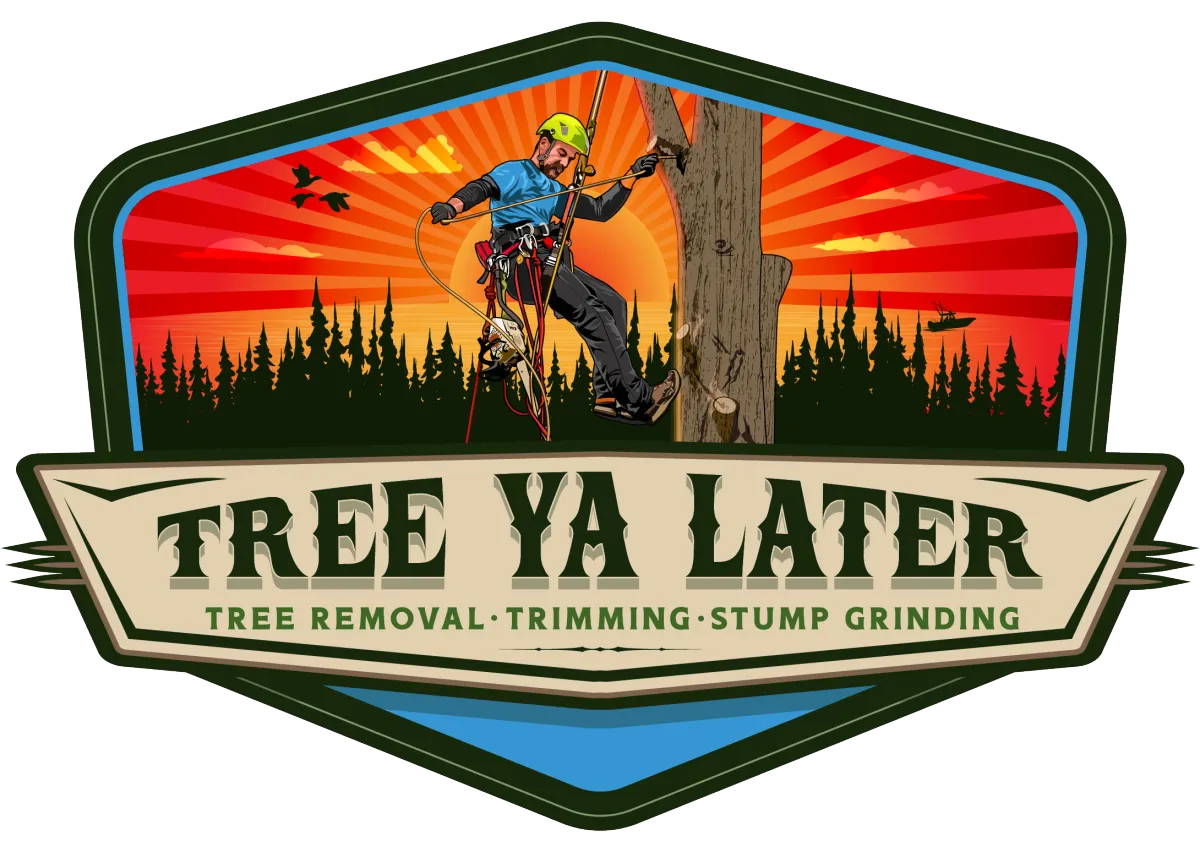
Identifying Signs of Tree Decline: A Comprehensive Guide
As tree care professionals, we understand the importance of having healthy and thriving trees in your landscape. Trees not only add beauty and value to your property, but they also provide numerous environmental benefits such as reducing air pollution, conserving energy, and supporting wildlife. However, trees are living organisms that are susceptible to various stressors and diseases that can cause them to decline or die. In this guide, we will discuss the common signs of tree decline and what you can do to prevent or treat it.
Introduction to Tree Decline
Tree decline is a gradual process of deteriorating health and vigor that can result from various factors such as environmental stressors, pests, diseases, and cultural practices. It is important to recognize the early signs of tree decline to prevent irreversible damage or death. Some of the common signs of tree decline include:
Wilting or yellowing leaves
Reduced growth or branch dieback
Thinning or discolored foliage
Premature leaf drop or defoliation
Cracks, cankers, or sunken areas on the trunk or branches
Fungal growth or insect activity
Root damage or decay
Environmental Stressors
Environmental stressors such as drought, extreme temperatures, flooding, soil compaction, and air pollution can weaken trees and make them more susceptible to pests and diseases. To reduce the impact of environmental stressors on your trees, consider the following:
Water your trees deeply and infrequently during dry spells
Mulch around the base of your trees to retain moisture and regulate soil temperature
Avoid excessive pruning or damage to roots and branches
Plant trees that are adapted to your local climate and soil conditions
Provide adequate space for tree roots to grow and spread
Protect trees from construction damage or heavy machinery
Pest and Diseases
Pests and diseases can attack trees and cause damage to leaves, stems, or roots. Some of the common pests and diseases that affect trees include:
Insects such as aphids, borers, scales, and mites
Fungal diseases such as powdery mildew, canker, and root rot
Bacterial diseases such as fire blight and leaf spot
Viral diseases such as mosaic and yellowing
To prevent or treat pests and diseases, consider the following:
Monitor your trees regularly for signs of infestation or infection
Prune or remove infected branches or leaves
Apply appropriate pesticides or fungicides as recommended by a certified arborist
Improve tree health by providing adequate water, nutrients, and sunlight
Cultural Practice
Cultural practices such as improper planting, pruning, or fertilization can also contribute to tree decline. To avoid common mistakes, consider the following:
Plant trees at the appropriate depth and spacing
Prune trees for structural integrity and proper growth
Avoid topping or excessive pruning that can stress the tree
Fertilize trees with appropriate nutrients and amounts
Do not damage roots or bark during lawn care or other activities.


